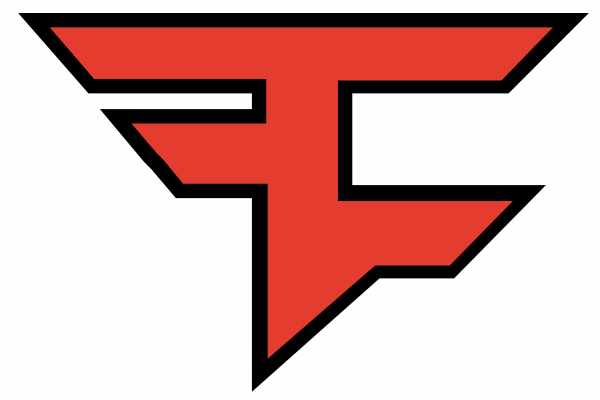In March 2024, Google launched a significant Core Update and a Spam Update, fundamentally changing how content ranks on the search engine. This article delves into these updates and guides webmasters and SEO professionals on navigating these changes.
Understanding the Core Update
The Core Update focuses on three primary areas:
- Reducing Unoriginal Content and Promoting Helpful Information: Google’s algorithm now better identifies and prioritizes original, informative content that directly addresses user search intent. This move devalues duplicated, aggregated, or superficial content that lacks depth or uniqueness.
- User Experience and Core Web Vitals: Core Web Vitals are critical metrics for assessing a website’s health in terms of user experience. They measure loading times, interactivity, and visual stability. Websites optimized for these factors will likely see a positive impact on their search rankings, as Google continues to prioritize pages that offer users a seamless browsing experience.
- Reducing Low-Quality Content: Google aims to decrease the presence of low-quality content in search results by up to 40%. This shift underscores the importance of producing high-quality, valuable content for users, moving away from keyword stuffing and thin content strategies that have been exploited in the past.
Navigating the Spam Update
The Spam Update introduces specific measures to combat spam and ensure the quality of content on Google. It focuses on:
- Expired Domains and Obituary Spam: This targets the misuse of expired domains for spamming purposes and the specific issue of obituary spam, ensuring that these practices do not clutter or degrade search results.
- Automation in Content Generation: Google is clamping down on the use of automated systems to generate content on a large scale. This is particularly directed at content that is low quality or lacks originality, encouraging creators to focus on unique and valuable content creation.
- Site Reputation Spam: This aspect addresses how the reputation of websites can improperly influence the ranking of sponsored posts filled with unhelpful content. Google’s update seeks to ensure that content quality is a primary factor in ranking, rather than merely the site’s reputation.
What to Do Next?
- Audit Your Content: Review your site’s content for originality and value. Focus on creating detailed, well-researched articles, guides, and posts that directly answer user queries and needs.
- Optimize for Core Web Vitals: Evaluate your website’s performance based on Core Web Vitals. Look for opportunities to improve loading times, ensure interactive elements are responsive, and stabilize layout shifts. Tools like Google’s PageSpeed Insights can provide actionable recommendations.
- Enhance Content Quality: Move beyond basic SEO strategies that focus on keyword optimization. Develop content strategies that address your audience’s interests and concerns, offering in-depth analysis, expert insights, and practical advice.
- Review Backlink Strategies: For sites leveraging expired domains or engaging in questionable backlink practices, it’s time to clean house. Focus on building natural, high-quality backlinks from reputable sources.
- Monitor Your Site’s Performance: Keep a close eye on your website’s performance metrics in the coming weeks. Changes in rankings, traffic patterns, and user behavior can provide insights into how the updates have affected your site.
By prioritizing high-quality content, optimizing for user experience, and adhering to Google’s Webmaster Guidelines, websites can navigate these updates successfully. Remember, the goal of these changes is to improve the quality of search results for users, making the web a more informative and user-friendly space.

 Google I/O 2024 Discussed In Detail: Gemini AI Comes With New Capabilities
Google I/O 2024 Discussed In Detail: Gemini AI Comes With New Capabilities  ChatGPT-4o: OpenAI Rolls Out Faster and Enhanced Version for Free and Paid Users; Deets Inside
ChatGPT-4o: OpenAI Rolls Out Faster and Enhanced Version for Free and Paid Users; Deets Inside Choosing the Right CPQ System for Your HVAC Business: Key Considerations
Choosing the Right CPQ System for Your HVAC Business: Key Considerations What if Custom Mouse Pads Start Peeling or Fraying?
What if Custom Mouse Pads Start Peeling or Fraying? Exploring the Crucial Role of Reddit MLB Streams: Enhancing Access to Live Baseball Action
Exploring the Crucial Role of Reddit MLB Streams: Enhancing Access to Live Baseball Action Elevate Your Store: How to Automate Shopify
Elevate Your Store: How to Automate Shopify Apple Expected To Unveil New iPads At Let Loose Event On May 7: What We Know
Apple Expected To Unveil New iPads At Let Loose Event On May 7: What We Know FaZe Clan Initiates Reboot with Additional Layoffs and Updates to Esports Teams
FaZe Clan Initiates Reboot with Additional Layoffs and Updates to Esports Teams